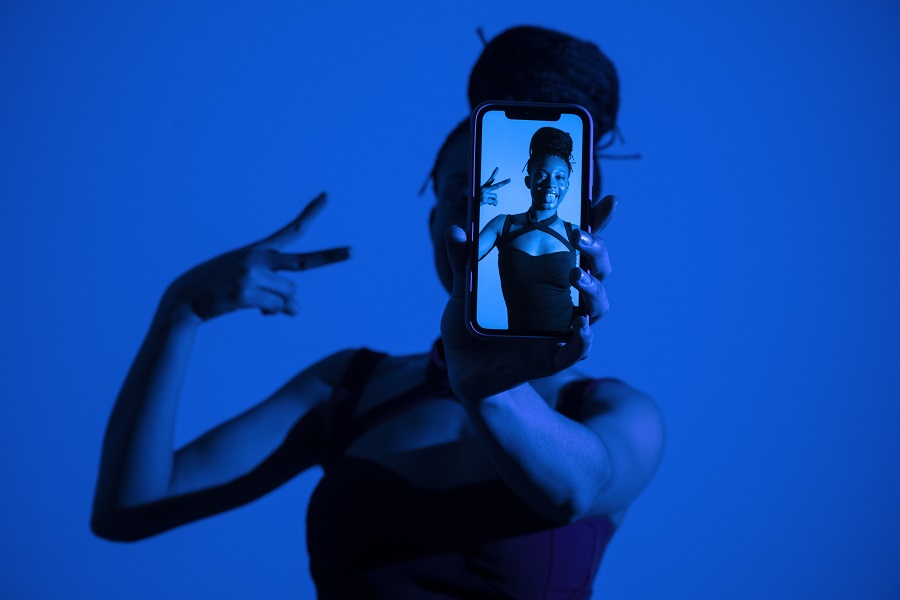How ai model generators and virtual influencers are changing social ads

Social media marketing has evolved dramatically in recent years. With the emergence of ai influencer generators and virtual influencers, brands now have innovative tools at their disposal to stand out in digital content creation. These photorealistic avatars not only enable new possibilities for customization but also challenge established approaches to brand marketing on social platforms. Examining the impact of these ai-generated models on key campaign metrics such as CPM and CPA offers valuable insights for any digital marketer.
What are ai model generators and virtual influencers?
An ai influencer generator is a technology that leverages artificial intelligence to create virtual, often highly realistic, personas who serve as digital ambassadors. These virtual influencers are crafted using advanced algorithms that shape their appearance, behavior, and even communication style, all tailored to resonate with specific audiences or campaign goals.
Brands utilize these digital personalities across social ads, video campaigns, and sponsored posts, gaining full control over attributes such as appearance, messaging, and posting frequency. The ability to design an influencer from scratch—down to facial features, style, and voice—delivers a level of personalization that traditional creators cannot easily match. To further explore innovations in this field, you may want to learn more about Best Creator.
How do virtual influencers impact social media marketing?
Virtual influencers have quickly become a central element in many strategies aimed at online audiences. Their flexibility allows brands to execute highly targeted campaigns while avoiding the unpredictability sometimes associated with human talent. Complete creative command over these avatars—from wardrobe choices to personality traits—enables seamless adaptation to evolving trends.
The use of ai-generated models ensures that brand messaging remains consistent, while also allowing rapid response to viral moments. These avatars can update their look overnight, communicate in multiple languages, and appear across diverse markets. Such agility often results in fresher, trend-aligned content and improved audience engagement.
Benefits of customization and personalization
Personalization is a powerful driver of ROI on social platforms. With virtual influencers, customization extends to every detail: skin tone, age, interests, even backstory. This enables brands to target specific demographics with tailored visuals and messaging, forging connections with niche communities that might be difficult to reach through traditional advertising.
This high level of customization makes content more relevant, increasing viewing times, interaction rates, and recall of branded messages. Campaigns built around these digital personalities consistently see improved performance metrics.
Consistent digital content creation
Ai model generators offer round-the-clock availability, eliminating delays caused by scheduling or talent fatigue. Launching global video ad campaigns becomes seamless, as photorealistic avatars do not require travel or rest. Content stays fresh and aligned with the latest trends, with updates requiring only minor algorithmic adjustments.
Brands can also develop ongoing storylines or recurring themes with these digital models, fostering familiarity and loyalty among followers. At the same time, risks related to real-world controversies or contract issues are minimized.
Case studies: CPM and CPA improvements
Several real-world campaigns highlight the impact of virtual influencers on critical advertising metrics. For example, a fashion label using an ai-generated model in Instagram video ads achieved a 25% reduction in CPM compared to campaigns with human talent. This improvement stemmed from faster production cycles and consistent creative output, reducing both costs and turnaround times.
In another instance, a beauty brand’s lead generation campaign on social platforms utilized photorealistic avatars and saw CPA improve by nearly 30%. The company conducted A/B testing: one campaign featured a popular digital model, while another used standard photo shoots. The ai-powered approach delivered higher conversions and required less oversight during execution.
Cost efficiency and scalability
Virtual influencers allow brands to sidestep challenges such as contract negotiations, travel logistics, and high talent fees, leading to more efficient use of budgets. Content can be quickly localized for various regions using just one avatar base, which accelerates digital content creation without significantly increasing overhead. This scalability is especially attractive for global advertising efforts striving for optimal CPM.
The automated workflow reduces errors and allows for real-time adjustments based on analytics. Combined, these factors drive down acquisition costs and enhance return on ad spend (ROAS), benefiting sectors from fashion to consumer electronics.
Audience engagement and credibility
Despite initial skepticism, research reveals that audiences often respond positively to well-designed virtual influencers, particularly when their presence feels authentic and interactive. By engaging in comments and sharing stories through video ads, these avatars foster a sense of connection that strengthens community loyalty.
Brands have observed that virtual personalities can inspire organic discussions and meme culture, extending campaign lifespans and maintaining consistent engagement beyond the initial ad push. This increased visibility helps reduce CPM even amid crowded social feeds.
What challenges do ai-generated models pose?
While the benefits are significant, integrating ai influencer generators into social media marketing is not without challenges. Concerns about authenticity persist, as some users hesitate to connect with computer-generated personalities. Addressing transparency, ensuring ethical AI practices, and defining respectful representation require careful strategy at every stage.
Striking the right balance between digital fantasy and genuine storytelling is crucial as more brands adopt virtual influencers. Marketers must regularly review both technological performance and public perception to ensure compliance with platform guidelines and deliver innovative yet responsible experiences.
- Customizable photorealistic avatars adapt quickly to shifting trends.
- Virtual influencers give brands complete control over messaging and scheduling.
- CPM and CPA improvements result from flexible production and reduced fixed costs.
- High levels of personalization drive stronger audience engagement and loyalty.
- Ethical considerations and transparency remain essential when using ai-generated models.
